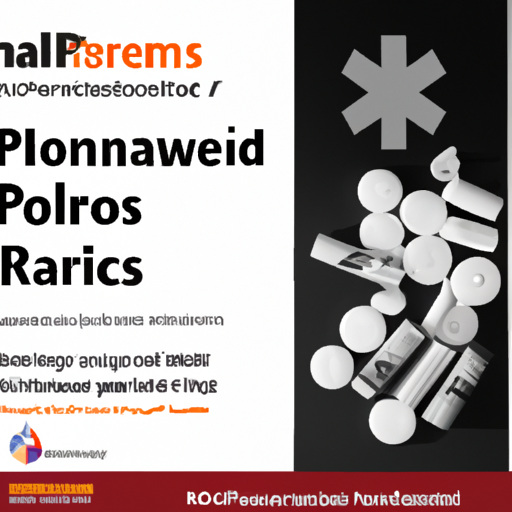Canadian Paramedics Rework Their Role Amidst Dire Opioid Crisis
In recent years, Canada has found itself in the throes of a devastating opioid crisis, as rates of drug misuse and overdose have skyrocketed. This national problem has been poignantly felt in Renfrew County, where community leaders have watched the crisis unfold front and centre. The paramedics of this region are no longer merely responding to emergency calls – they are now on the frontline, grappling with the multifaceted challenge that the opioid crisis presents.
The Opioid Crisis: A Snapshot of Its Harrowing Impacts
The opioid crisis isn’t just a statistic; it’s a stark reality that’s attaining alarming proportions. Like dominoes knocking against each other, the outcomes linked with opioid misuse extend far beyond the individual users, impacting the wider community:
- Proliferation of homelessness: Opioid addiction often leads to individuals losing their jobs, homes and support system, contributing to homelessness.
- Uptick in crime: The struggle to feed drug dependencies often culminates in higher crime rates, as users turn to illegal activities to finance their habits.
- Economic burden: The necessity for enhanced healthcare, rehabilitation services, and law enforcement swallowed up an estimated $3.5 billion in 2021, reflecting a significant economic impact.
Fighting Back: The Shift in Paramedic Roles
In response to the unprecedented pressure of the opioid crisis, Renfrew County paramedics have been compelled to expand their roles. Their job no longer revolves only around emergency care. Instead, they now find themselves acting as social workers, harm reduction specialists, and mental health professionals.
Paramedics are rolling out strategies to tackle the opioid crisis head-on. Their approach involves supplying naloxone – a drug that reverses opioid overdoses – and educating the community about its importance. They connect people with critical social services, including finding housing for the homeless, offering mental health support, and pointing those in need towards appropriate resources.
The Hamilton Opioid Crisis: A Microcosm of the Larger Challenge
The Hamilton opioid crisis mirrors the larger Canadian opioid crisis, underscoring the deep-seated nature of this problem. Driven by fentanyl, a potent opioid, Hamilton saw over fifty opioid-related deaths in the first half of 2021 alone. This tragic statistic further thrusts into view the urgent need for intervention and reinforced action from all quarters, including paramedics.
Canadian Opioid Abatement Class Action: A Legal Rescue Mission
In addition to the ground-level work by paramedics and other first responders, legal measures are being taken to mitigate the opioid crisis. Most noteworthy is the Canadian opioid abatement class action, a lawsuit against opioid manufacturers and wholesalers that seeks to hold them accountable for their role in the opioid crisis.
The abatement class action is not about compensating individuals, but instead, it’s focused on supporting community-level abatement efforts. The class action, if successful, seeks an order requiring the defendants to pay to fix the opioid crisis, thus providing much-needed relief to struggling communities like Renfrew County and Hamilton.
Conclusion
While the opioid crisis wreaks havoc on communities across Canada, the nation’s civic leaders and key contributors are not standing idly by. The courageous paramedics of Renfrew County and similar regions are multitasking more than they ever have before in response to the crisis, adopting a whole-person approach to care that extends beyond the van.
The Canadian opioid abatement class action is yet another example of the extraordinary strides being taken at different levels of society to alleviate the burden of the opioid crisis. With time, determination, and continued collaboration, communities can hope to see a decrease in this dire public health threat.
